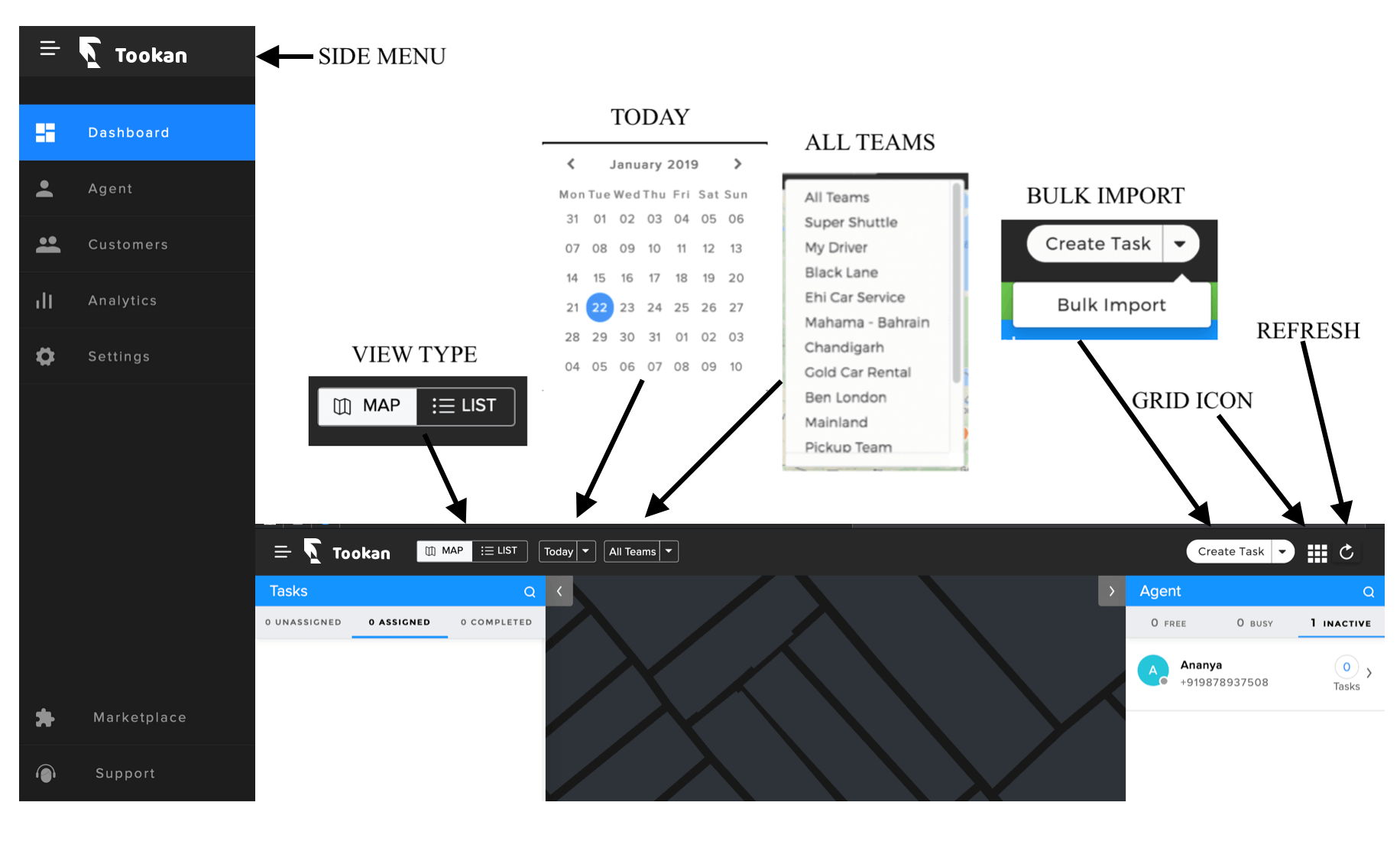

In the end I decided on using KaaIoT's free trial version for this tutorial. Dashboard Anywhere is owned by FCA LLC USA, and FCA operates this platform for users to check the status of vehicle maintenance and tuning. KaaIoT: Yet another solid platform, with good Arduino functionality and examples, and some great visualization tools.Thingspeak: An impressive platform for data visualization as well as analysis with solid Arduino examples.

#DASHBOARD ANYWHERE PROFESSIONAL#
(It may look at first like they don't offer a free plan, but if you look at the Community Edition rather than the Professional Edition, you'll see that they do.) Thingsboard: An extremely capable platform, although previous knowledge of GNU/Linux, while maybe not compulsory, is certainly going to be helpful. Business Operations Canvas Info Career Readiness Catering Services Certification Chancery/SIS Charter Schools College, Career & Military Readiness College.(I have been using Particle boards since their first Kickstarter campaign.) Particle: Extremely capable, but takes a bit of digging to fully realize its potential, and uses their own line of boards.However, your options become much broader by utilizing Arduino or Raspberry Pi boards. Cayenne: Easy drag-and-drop UI, but a fairly specific list of compatible sensors at the moment.Arduino IoT Cloud: This is a simple and fast way get your IoT project connected to the web, and has a fairly simplistic dashboard.Here's a snapshot of the IoT platforms that I looked at: You can follow along with the one I used, or you can use this as a jumping off point, and find one that perfectly fits the needs of your project. I’ll share with you several options I looked into, but like most IoT projects, there is more than one correct answer. But for most of us, the focus here is more on IoT. If you have your own website, are comfortable doing web dev, and want 100% control and personalization, you can build your own. You need some way to receive, translate, and ideally visualize your data. The third section is titled "Analyze data." The third section says, "Use AWS and third-party services to analyze your data to gain insights." Nearby icons show ways of analyzing data: "artificial intelligence (AI)," "advanced analytics," and "machine learning (ML).There is a plethora of available IoT dashboards available, and yes, I know what it means to have a plethora. Chrysler Employee Login Dashboard Anywhere Chrysler Login If you are looking to find the details on the Dashboard Anywhere Chrysler Employee Login step by step procedure then you have found the perfect guide.You can use the credentials start login into your official website.

The features are "Control access to data," "Optimize cost with storage classes," "Replicate data to any Region," "Access from on-premises or VPC," "Protect and secure your data," and "Gain visibility into your storage." The second section also has icons that show Amazon S3 features. Upload any amount of data." A nearby illustration shows a bucket that contains a square, a circle, and a triangle. The second section has more text under the heading "Store data." The text says, "Create bucket, specify the Region, access controls, and management options. What is an IoT Dashboard An Internet of Things (IoT) dashboard is a data visualization tool that transforms, displays. The second section is titled "Amazon S3." The second section says, "Object storage built to store and retrieve any amount of data from anywhere." Each user has a personal dashboard that is assigned the name My Dashboard. The dashboard is shown by default when you log in to Hub. The second section has an illustration of an empty bucket. A Dashboard is a convenient way to get an overview of the current status of your tasks and monitor the progress of your team. The first section is titled "Move data." The first section says, "Move your data to Amazon S3 from wherever it lives – in the cloud, in applications, or on-premises." Nearby icons show different types of data: "analytics data," "log files," "application data," "video and pictures," and "backup and archival." The first section has an illustration of a database, a server, and a document. Three sections display from left to right.
#DASHBOARD ANYWHERE HOW TO#
The diagram shows how to move data to Amazon S3, manage stored data in Amazon S3, and analyze data with other services.


 0 kommentar(er)
0 kommentar(er)
